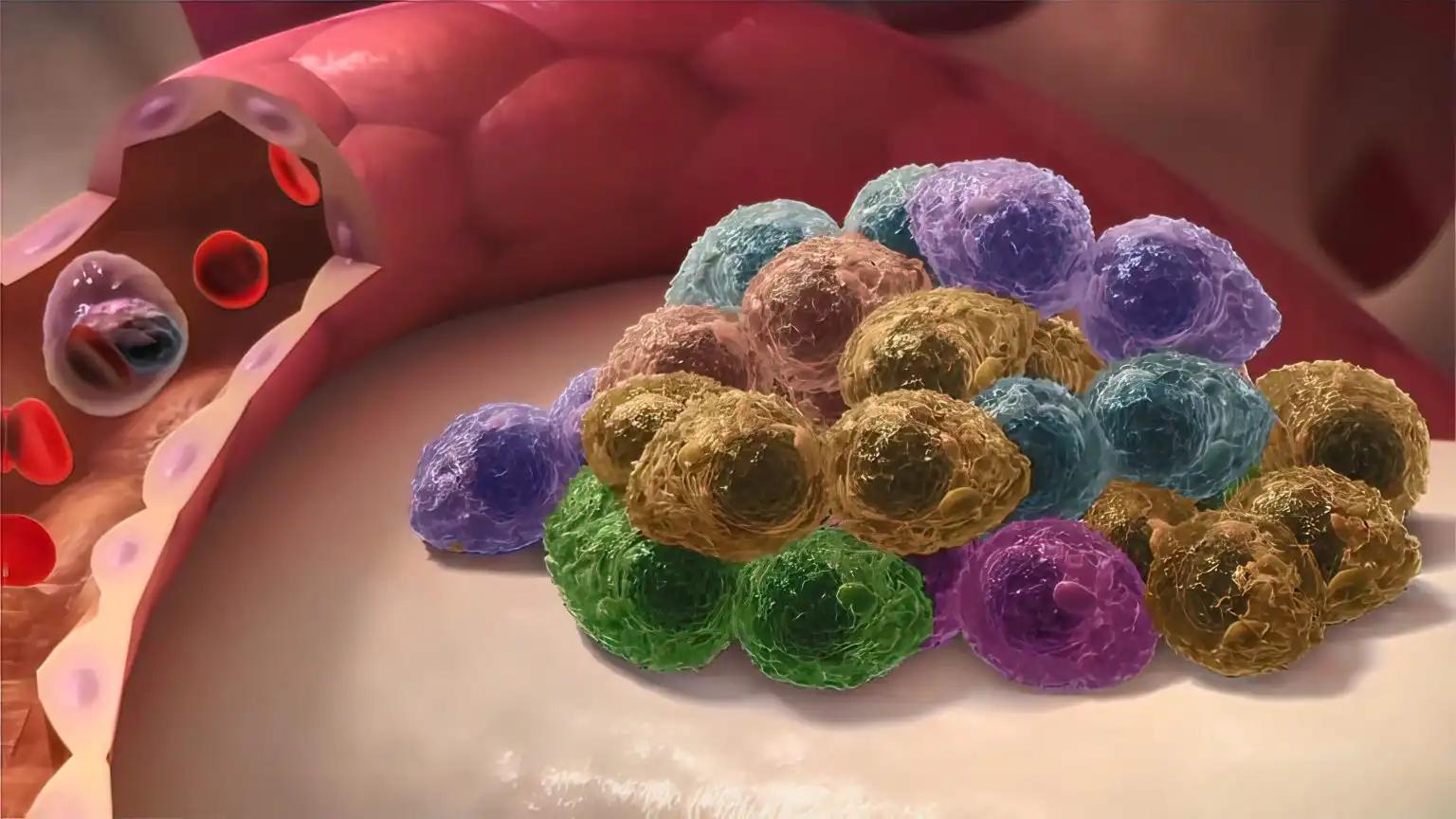KEY TAKEAWAYS
- The early phase 1 trial aimed to investigate the efficacy and safety of an initial ULD of 4 Gy radiation in the treatment of early-stage gastric MALT lymphoma.
- Researchers observed high CR rates with an initial 4 Gy radiation; further results are yet to be presented.
The definitive treatment for early-stage gastric MALT (mucosa-associated lymphoid tissue) lymphoma traditionally involves high-dose radiation therapy (RT) at 24-30 Gy, prompting interest in minimizing treatment toxicity. This prospective study explores a response-adapted (RA) approach, employing an ultra-low dose (ULD) of 4 Gy RT initially, with an additional 20 Gy for an incomplete response.
Jillian Gunther and her team hypothesize that this RA strategy maintains excellent outcomes while minimizing toxicity in early-stage gastric MALT lymphoma. They assess the effectiveness and safety of an RA strategy in early-stage gastric MALT lymphoma.
The study performed an inclusive analysis through a single-arm prospective trial involving 24 patients (pts) (age ≥18 years) diagnosed with newly diagnosed or relapsed stage I-IV H. pylori (HP) negative gastric MALT lymphoma. Eligibility criteria included pts with residual lymphoma post-HP eradication, while those with bulky disease (>10 cm) were excluded. Treatment comprised 4 Gy in 2 fractions, and assessment at 3-4 months post-RT involved endoscopy and imaging. Pts achieving complete response (CR) were observed, whereas those with partial response (PR) were re-evaluated in 6-9 months. Biopsy-confirmed residual disease at the second time point (9-13 months) or stable/progressive disease (PD) at any time point prompted additional treatment with 20 Gy in 10 fractions. Systemic therapy was allowed if clinically indicated.
About 24 pts diagnosed with gastric MALT lymphoma were enrolled from 2019-2021, with a median age of 67 (range 40-85) and 15 female pts (63%). Disease distribution included stage I (n=20, 83%), II (n=1, 4%), and IV (n=3, 13%). Of 15 tested pts, 4 were positive for t(11;18). Pre-treatment imaging involved fluorodeoxyglucose (FDG) positron emission tomography-computed tomography (PET-CT) (n=21), contrasted CT (n=2) and contrasted magnetic resonance imaging MRI (n=1).
About 8 pts had prior treatment, including systemic therapy (n=2, 8%) or antibiotics for HP positive (n=3, 13%) or HP negative (n=3, 13%) disease. Among 3 pts with prior HP-positive disease, residual lymphoma was documented after eradication at 18 months (PR), 11 months (SD), and 8 months (disease relapse after CR) post-diagnosis.
The median follow-up for the entire cohort was 34 months (95% CI 22-40). 16 pts had a CR at the first evaluation (3-4 months) after 4 Gy, and an additional 4 pts had disease conversion to CR at the second evaluation (9-13 months), totaling 20 pts (83%) with a CR to 4 Gy at a median time of 4 months (range 3-12). No pts had positive imaging findings with a pathologic CR.
One local relapse occurred 14 months post-treatment after a CR to 4 Gy, and this pts received 20 Gy and again experienced a CR. 4 pts received an additional 20 Gy for SD/PD or residual disease after 4 Gy. 2 pts received 20 Gy for symptomatic SD at 3-4 months, both achieving a CR following RA therapy. Two pts received 20 Gy for residual disease at 10 and 13 months. 1 pts had a CR, and one is pending the last follow-up.
Of the 4 pts with a positive t(11;18), 2 (50%) required an additional 20 Gy RT compared with 3 of 11 (27%) pts without the translocation (p=0.56). The 3-year LC rate for 23 pts with complete follow-up was 100%, with 19 of 24 pts (79%) having a CR at the last follow-up after only the initial 4 Gy, 1 patient with stage IV disease experienced distant relapse with diffuse large B-cell lymphoma and is in CR after systemic therapy. No additional pts received systemic therapy after RT. RT was well-tolerated, with no grade 3 or higher acute or late toxicities.
The study concluded that 4 Gy RT induces CR in most gastric MALT lymphoma pts, with an additional 20 Gy achieving CR for others, suggesting a strategy to minimize unnecessary treatment toxicity. Long-term outcomes with RA ULD treatment warrant additional follow-up.
The study is sponsored by M.D. Anderson Cancer Center
Source: https://ash.confex.com/ash/2023/webprogram/Paper181757.html
Clinical Trial: https://clinicaltrials.gov/study/NCT03680586
Gunther J, Xu J, Bhutani M S, et al. (2023). “Ultra Low Dose 4 Gy Radiation for Definitive Therapy of Gastric MALT Lymphoma.” Presented at ASH 2023 (Abstract 298).



